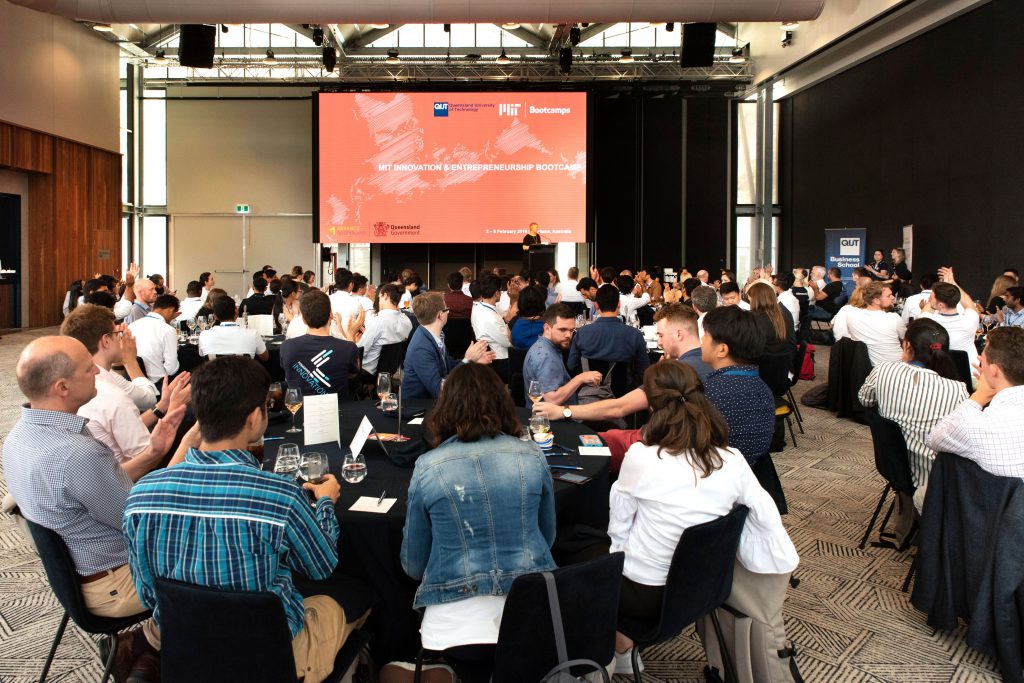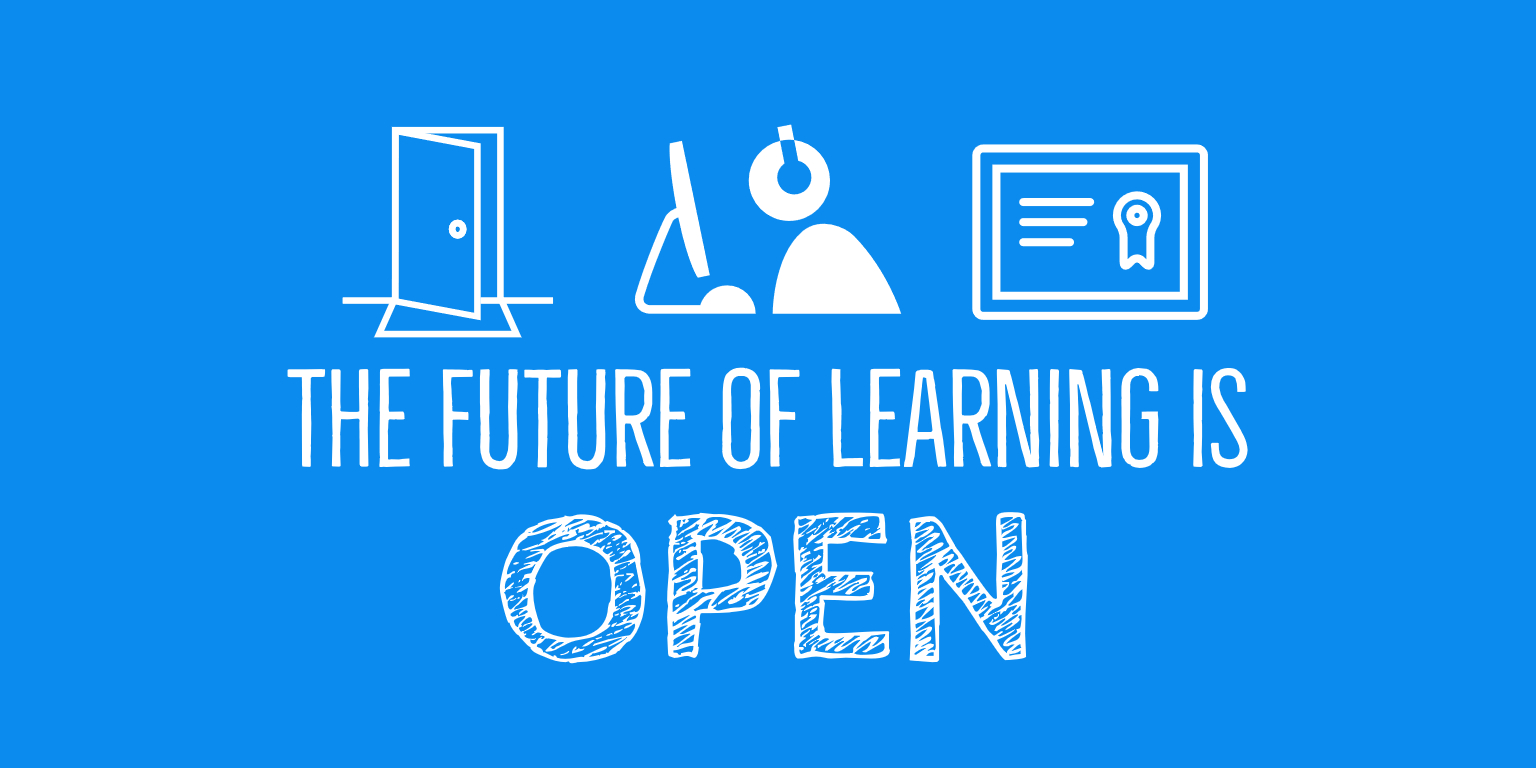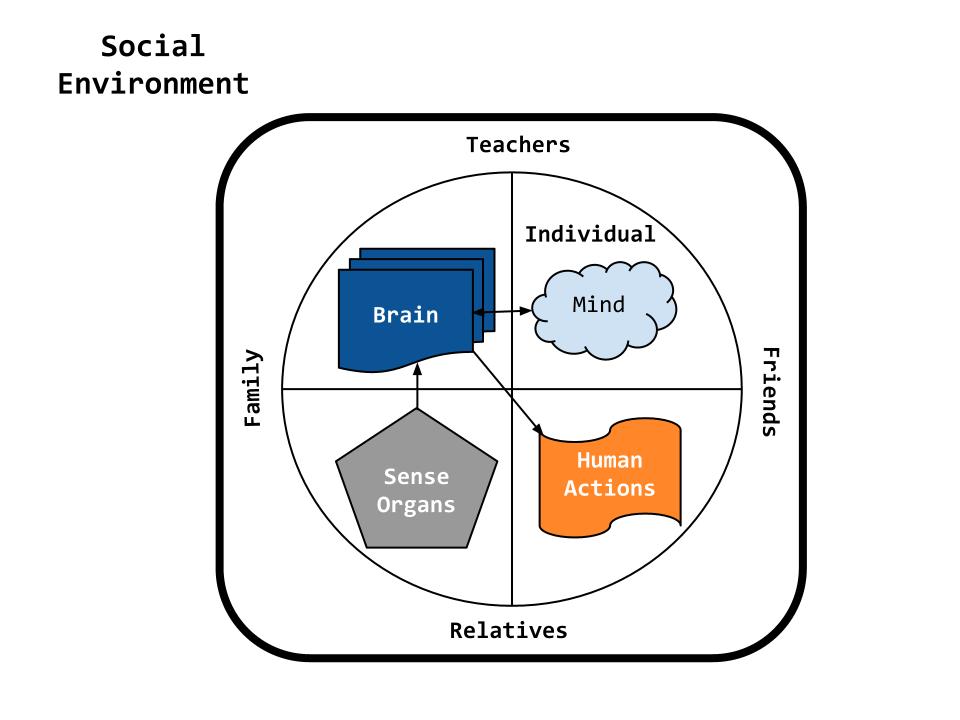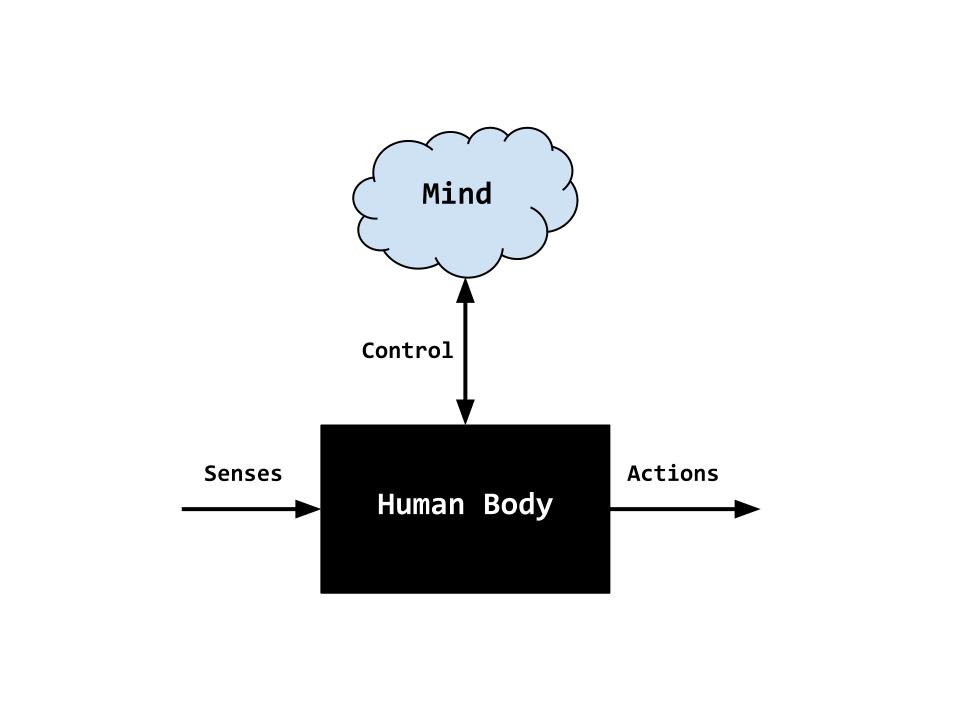
This post is also available on LinkedIn here.
During the Chinese New Year week, I was in Brisbane, Australia at the innovation and entrepreneurship bootcamp hosted by Massachusetts Institute of Technology (MIT) and I was there to experience the future of learning.
This was my opportunity to be a part of the journey that has continued to strengthen open learning starting in 2001 with MIT OpenCourseWare (MIT OCW), then in 2012 with edX and now with MIT Bootcamps since 2014.
The journey of open learning so far
I have been associated with MIT since 2007, when I could first access the internet over a broadband connection. MIT OCW was the place where I’d find educational resources that would help me fill the void in my Bachelor of Engineering degree program. MIT OCW also inspired the National Programme on Technology Enhanced Learning (NPTEL) that started in 2003 and leads the open learning initiative in India today.
MIT OCW does not focus on classroom experience, thus in 2012, MIT and Harvard University launched edX with the first massive open online course (MOOC) on Circuits and Electronics. By the time, I completed this MOOC, I was convinced that it is possible to make open learning mainstream with this digital classroom experience.
edX courses do not offer face to face interactions, so when I received an invitation to apply for a bootcamp by MIT in 2015 after completing the Entrepreneurship 101 MOOC on edX, I was fascinated to see how MIT had once again pushed the limits to offer face to face learning experience around a set of MOOCs at scale and build a network around it.
What bootcamps bring to the table and what they could
Selective, but intense and concise enough to scale
There’s a selection process given the limitation of physical resources similar to a traditional degree program, but their short duration that of a week with intensity of a semester can help bootcamps scale multi-fold.
Diverse and driven network with flipped classroom design
On-campus courses have an advantage over digital learning when it comes to networking opportunities. A network built in-person with smaller groups tends to be stronger than those built online, but I must note that u.lab by MIT has successfully done this online as well. Bootcamps connect diverse and driven participants in an in-person setting. Though the duration of the program is just a week, participants spend almost 18-20 hours together each day on an average. This can further be improved by forming teams around a focus area and adding cross-team collaboration activities.
Meet the MOOC faculty and constant interaction with coaches
While the MOOC faculty conducted experiential learning sessions as well as interactive case studies, the coaches as the domain experts provided specific inputs to each team throughout the program. Interaction with coaches and Ask Me Anything (AMA) session with Bill Aulet were one of the top highlights of the bootcamp for me. More time for such interactions can be designed in the program structure by consciously flipping the classroom.
Short learn and apply cycles
Right feedback just before you would need it was another top highlight of this bootcamp. Bootcamps by design encourage short learn and apply cycles, unlike traditional degree programs as I have highlighted in this post. Solving a problem then becomes the focus, learning serves as a tool to do it better.
The journey has just begun
Local or online bootcamps could provide a part of this experience at a much lower cost and serve as precursors to the global bootcamps. Self-organized bootcamps by the MOOC community may help participants build experience most relevant to their needs. Possibilities are unlimited and the most important takeaway from my bootcamp experience is that even the bootcamps by MIT are not ready and would always have something to improve, but the courage to begin and iterate along the way is why MIT leads us on our journey to the future of learning that is open. Let me summarize this with a quote from Eleanor Carey who was a speaker at the bootcamp.
You will never be ready to do something that you have never done before.





